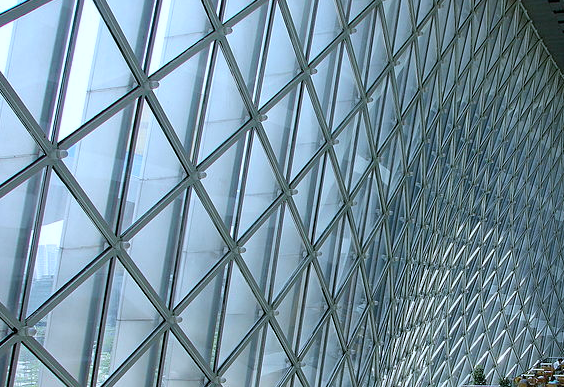Despite all the negatives we hear about the hollowing out of Shenzhen as a manufacturing base—either overseas or to inland urban areas, the city continues to move up the value chain into design, branding, marketing and more says Jeremy Sutch, Senior Research Analyst at Matthews Asia. Who points as an example, the development of drones, a newer and now-booming industry.
Back in the late 1990s, Shenzhen still had a reputation for making fake DVDs, cheap clothes and copycat toys. Eventually, it morphed into the tech hardware capital of the world. And in the past decade or so, Shenzhen has earned its status as the birthplace for certain popularly emerging consumer products. It churns out more than 90% of the world’s e-cigarettes and over 70% of the world’s consumer drones.
So what is it that has enabled Shenzhen—a sleepy fishing village just 30 years ago—to become the “Silicon Valley of China,” now with a population of roughly 12 million? About seven years ago, Shenzhen officials began designating sectors like information technology, the internet, biotechnology and renewables as “strategic industries.” These industries received financial support of up to about US$77 million (RMB500 million), and contributed 40% of the city’s GDP in 2015. (GDP growth in 2015 was a strong 8.9%).
Once a place for transients trying to turn a quick profit, Shenzhen has grown more welcoming. According to Matthews Asia, it is now easier to get work and residential permits, and Shenzhen is often said to be a more meritocratic society where political relationships are less critical—unlike cities where state-owned industries dominate.
Sutch believes China’s drone makers have credited supportive local government policies. In March of this year, the city earmarked billions to attract world-class talent, including national and foreign scientists and academics, to drive innovation. Some of the incentives include housing subsidies for job seekers who hold higher educational degrees. In 2015, R&D accounted for 4.05% of Shenzhen’s economy. This compares with an estimated 1.98% for the whole of China; 2.76% for the U.S. and 4.04% for South Korea, respectively, according a 2016 study by the Industrial Research Institute.
The two (interconnected) factors of funding and talent pool alone do not explain Shenzhen’s success says the specialist adding that “the balance of elements that create its unique ecosystem are its supply chain, manufacturing capability and transport infrastructure.” The city boasts easy and cheap access to every conceivable component—circuit boards, chips, LEDs, lithium batteries, sensors, screws—enabling significantly faster times for production and testing of prototypes, to mass production (and delivery). The latter is abetted by a large number of specialized factories. Shenzhen, being in close proximity to Dongguan where labor is both abundant and skilled, also benefits from efficient air and sea transport links.
However he points out that, like in any environment where the focus is on innovation and speed-to-market, hiccups do happen. And Shenzhen has not been immune. One need look no further than last year’s arrival on the global consumer scene of the “hover board.” These self-balancing scooters—a large proportion of which were churned out of factories in and around Shenzhen—quickly got attention for the wrong reason; namely explosions. “Whilst a setback for the city’s name, innovation and future successes will continue to flow from the city. We may well, for instance, be on the cusp of drones—aided by rising brand strength, and constantly improving product functionality and ease-of-use—moving from the niche hobbyist market to mainstream consumer (not to mention commercial) market. Christmas shoppers beware!” Sutch concludes.

